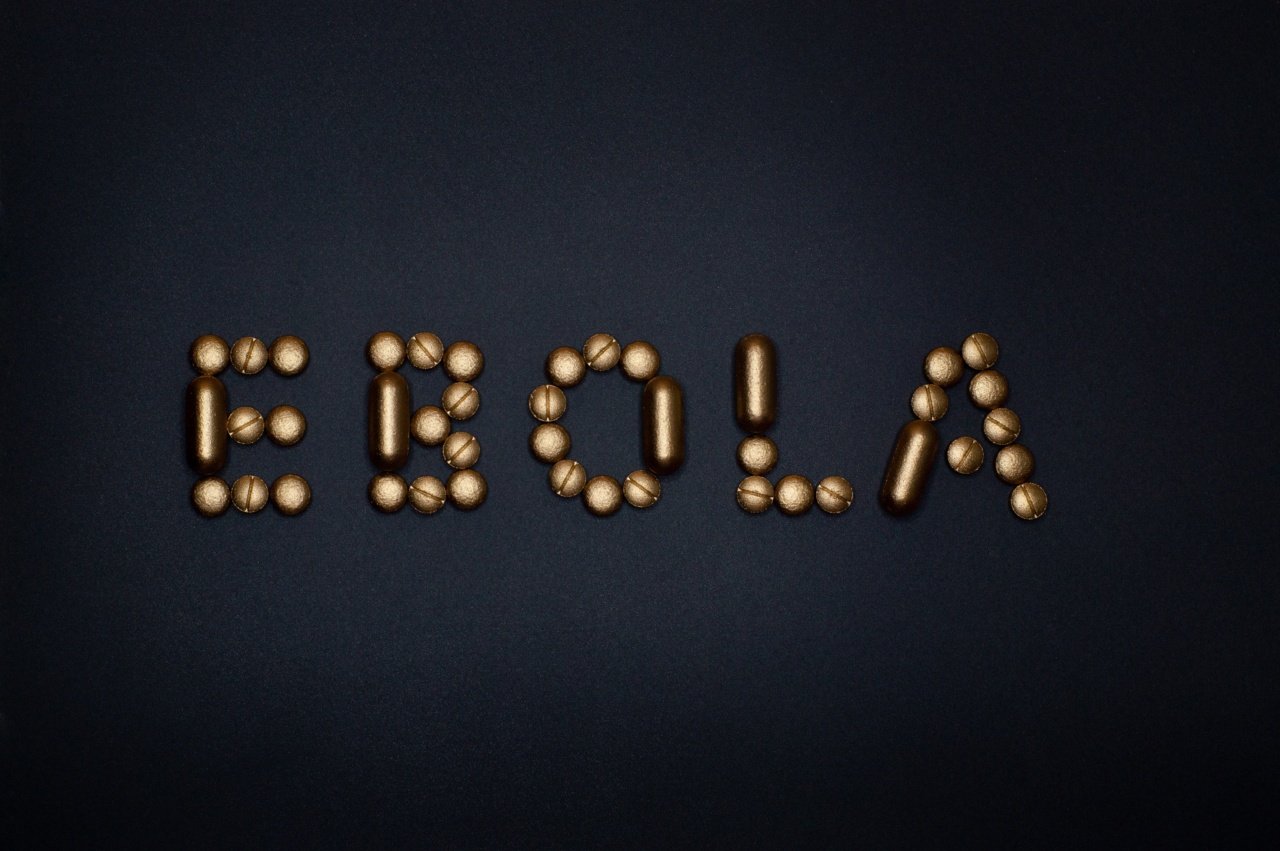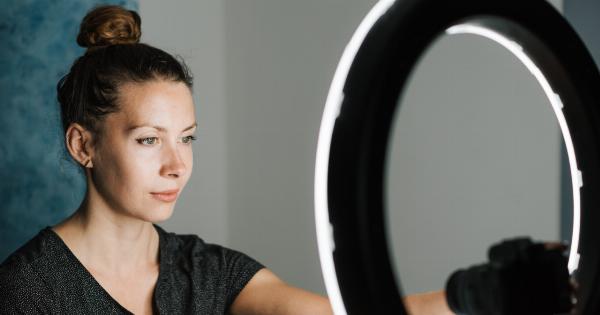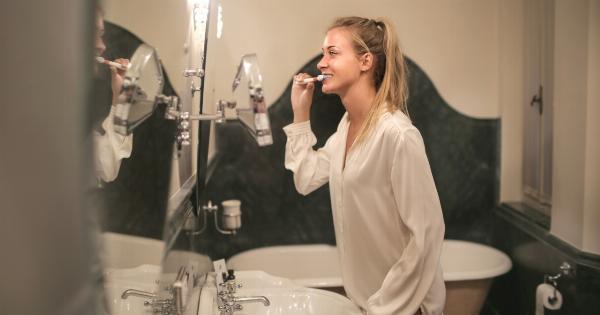Ebola virus is one of the deadliest viruses on earth. It is highly contagious and can spread rapidly among the population. The virus causes fever, diarrhea, vomiting, and bleeding, and it can lead to death in a matter of days.
The current outbreak of Ebola virus has caused thousands of deaths in West Africa and has spread to other countries as well.
However, recent research has shown that certain types of light, known as violet-blue and white light, have the ability to kill the Ebola virus. This provides a potentially cheap and effective way to combat the virus.
The Science of Light and its Effect on the Ebola Virus
Scientists have discovered that Ebola virus can be destroyed by exposure to certain types of light, including violet-blue and white light. This is because these types of light have a wavelength that is able to damage the virus’s structure.
A study conducted by researchers at the University of California, Santa Barbara found that exposure to violet-blue light for just 30 minutes was able to reduce the number of Ebola virus particles by 99.9%.
Similarly, exposure to white light for just five minutes was able to achieve the same result.
These findings are significant because they provide a potentially cheap and effective way to combat the Ebola virus.
Violet-blue and white light can be easily generated using LED technology, which is becoming increasingly affordable and readily available.
How to Kill Ebola Virus with Photos
One way to kill Ebola virus with photos is to use violet-blue LED lights. These lights can be easily purchased online or in stores and are available in different sizes and shapes. To use violet-blue lights to kill Ebola virus, follow these steps:.
- Choose a well-ventilated room where the virus is present. Ensure that all windows and doors are closed to prevent air currents from carrying the virus out of the room.
- Switch off all the other lights in the room and ensure that there is no ambient light present that could interfere with the violet-blue light.
- Place the violet-blue light in the center of the room. The light should be positioned at a height that allows it to illuminate the entire room.
- Turn on the violet-blue light and allow it to run for at least 30 minutes. This will ensure that the virus particles are exposed to the light for a sufficient period to be completely destroyed.
- After the light has been switched off, wait for at least 10 minutes before entering the room. This will ensure that any remaining virus particles have been destroyed by the light.
- After exiting the room, disinfect the violet-blue light with a suitable disinfectant.
Another way to kill Ebola virus with photos is to use white LED lights. These lights are also readily available and can be easily purchased online or in stores. To use white lights to kill Ebola virus, follow these steps:.
- Choose a well-ventilated room where the virus is present. Ensure that all windows and doors are closed to prevent air currents from carrying the virus out of the room.
- Switch off all other lights in the room and ensure that there is no ambient light present that could interfere with the white light.
- Place the white light in the center of the room. The light should be positioned at a height that allows it to illuminate the entire room.
- Turn on the white light and allow it to run for at least 5 minutes. This will ensure that the virus particles are exposed to the light for a sufficient period to be completely destroyed.
- After the light has been switched off, wait for at least 10 minutes before entering the room. This will ensure that any remaining virus particles have been destroyed by the light.
- After exiting the room, disinfect the white light with a suitable disinfectant.
Conclusion
The use of violet-blue and white LED lights provides a potentially cheap and effective way to combat the Ebola virus. These lights are readily available and easy to use, and have been shown to be effective in destroying the virus.
However, it is important to remember that these lights are not a substitute for other measures such as hand hygiene, use of personal protective equipment, and quarantine measures.



























